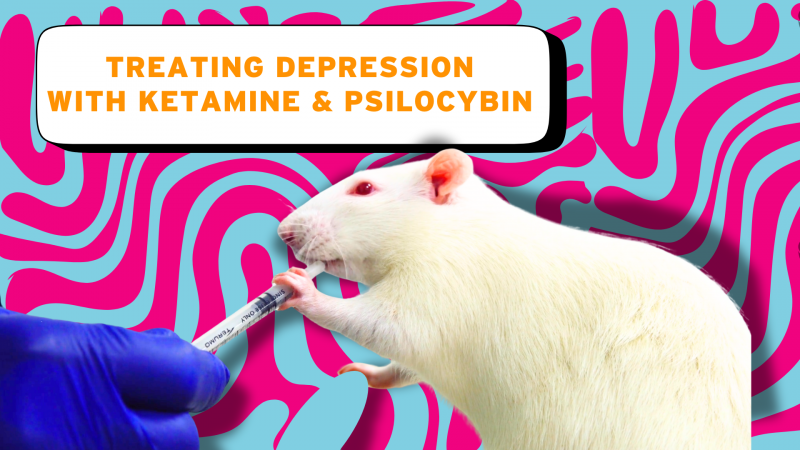HIV & AIDS
 First reported in 1981, AIDS was quickly shown to be a mysterious epidemic which spread with no known cause. An extensive population study the following year suggested that the epidemic had already spread globally. The syndrome included rare disorders and infections which seemed to be linked to an impaired immune system and it seemed to be sexually transmitted. A worldwide search for the cause began.
First reported in 1981, AIDS was quickly shown to be a mysterious epidemic which spread with no known cause. An extensive population study the following year suggested that the epidemic had already spread globally. The syndrome included rare disorders and infections which seemed to be linked to an impaired immune system and it seemed to be sexually transmitted. A worldwide search for the cause began.
Scientists thought a retrovirus could be the infectious agent. There was a race to identify the virus, led by teams in France and the USA. The patterns of patients affected, transmission through filtered blood, and low numbers of a certain type of white blood cells in AIDS patients all indicated retroviral infection, but not much was known about retroviruses.
The scientists studied cells from infected patients and isolated the virus, which they identified as a new human retrovirus. Francoise Barré-Sinoussi and Luc Montagnier, working in Paris, won the 2008 Nobel Prize for their work.
The virus, they discovered, destroyed white blood cells called lymphocytes, could be transmitted outside cells and was of the lentivirus type. Lentiviruses cause slowly progressing disease in most mammalian species. Those infecting horses, cattle and sheep were described in the early 20th century, while a lentivirus infecting cats was described during the 1960s.
Following the discovery of HIV, a related lentivirus called SIV which infects monkeys was found, leading to the use of monkeys to study the virus and develop treatments for HIV and AIDS. By studying monkeys with SIV in the first few weeks after infection, scientists were able to develop antiretroviral medicines for HIV patients.
The first clinical trial of an antiretroviral medicine in 1986, AZT, came directly out of studies in mice and monkeys. By 1996 combination therapy, consisting of cocktails of antivirals taken together, had increased life expectancy enormously - a great success story, which involved animals in the research process. Many patients take just two or three pills a day to stop the virus from reproducing while helping the immune system to recover.
Animal research also played a key role in the development of post-exposure prevention that has saved many victims of needlestick injuries and other exposures to HIV. The blood test (to test if blood is safe to be used for transfusion as well as to diagnose the disease) was developed using animals.
HIV has been difficult to tackle because the virus fools the body's immune system. We do not yet have an effective vaccine - the ultimate goal - although the most recent vaccine study among 16,000 Thai volunteers has shown some moderate success. Some leading researchers have suggested that more basic research should be done before trialling vaccines in patients.
For more information, go to the AnimalResearch.info page on HIV and AIDS research
See also this Society of General Microbiology briefing - HIV



